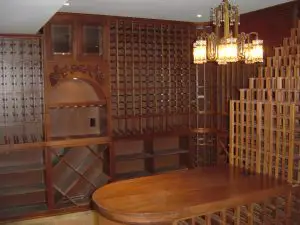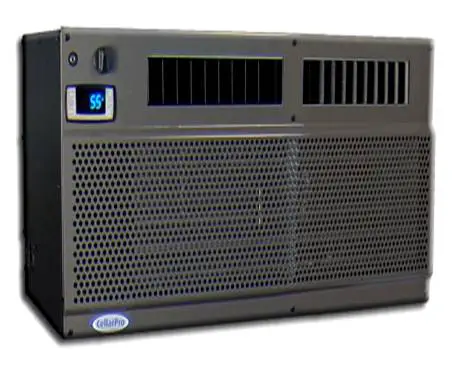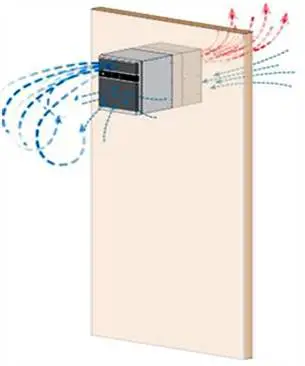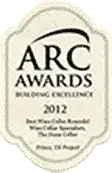After deciding to build a wine cellar in your home (or have one built), you should look at the cellar’s overall efficiency first. How the wine cellar will look, and whether or not it will match how the rest of your house looks, should be a secondary concern.
Of course, design isn’t an afterthought, but at the end of the day, the colors you use in your wine cellar, if you use colors, will not help you protect and store your wine collection.
Making sure your cellar is efficient means that your wine cooling unit must be the proper size for the room and emit the proper BTU’s to efficiently cool the room according to your specific conditions. (see other blog posts for information on cooling unit options)
Your cooling unit, more than likely, is going to look and sound very different from what you might be thinking. Depending upon which type of unit you can use in your situation, the look of your cooling unit could vary greatly.
Selecting the right Wine Cellar Cooling Units
When you pick your wine cellar cooling unit, there is usually an external temperature display on it. The wine cellars’ cooling unit will help you monitor and regulate your wine cellar’s temperature. With some units this display can be placed in a spot inside or outside of your wine cellar.
On others, it is attached to the unit itself. This temperature display will show you how hot or cold your cellar is, and if the temperature fluctuates out of your preset range, it will “tell” the cooling unit to readjust the temperature inside the cellar. This should happen automatically.
Because your wine cellar, as one expert puts it, is “dark and damp,” always install moisture-resistant materials during the build-out of the project. These materials can be covered with a latex paint.
Types of Wine Cooling Systems for Texas Custom Wine Cellars
Depending on how you plan to use your wine cellar (is it for an investment, or do you plan to drink the bottles of wine you will store in your cellar), you will want to choose the best cooling option for you. Wine Cellar Specialists can help you decide the system to put in place in your home.
Through the Wall or Self-Contained Units
When it comes to practicality and ease of installation, the self-contained or through the wall cooling system is a top choice. Since this cooling option does not require a licensed HVAC/R technician, it will save you from the labor cost. The unit can be mounted between the wall studs.
An adjacent room, which must be at least twice the size of the cellar, is required. It serves as an exhaust of the heat generated by the refrigeration unit.
Ducted Self-Contained Systems
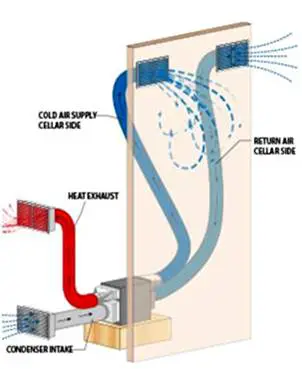
Ducted Self-Contained System
With a ducted self-contained unit, noise is reduced. The unit is installed 25 ducted feet away from your Texas custom wine cellar, resulting in a quieter operation compared to the self-contained system.
Another advantage of choosing this type of refrigeration system is that no cooling equipment is visible in your wine storage space. If you want a clean look in your cellar, go for the ducted self-contained system.
Split Refrigeration Systems
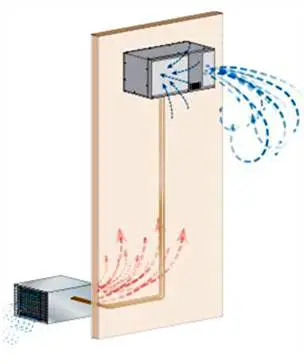
Split Refrigeration Systems
Just like the ducted-self-contained cooling system, the split system allows for quiet operation. The condenser and the evaporator are installed separately. The condenser, which is a noisy component of a refrigeration system, is installed outside your wine cellar, while the evaporator is placed in the room.
Incorporating a wine cellar into your house is not overly complicated. Doing it right means taking your time, focusing on efficiency, and making sure you have the right people helping you make the right decisions that will best protect your investment and give you your desired result.
 />
/>


 Dallas
Dallas  Dallas
Dallas  Dallas
Dallas 